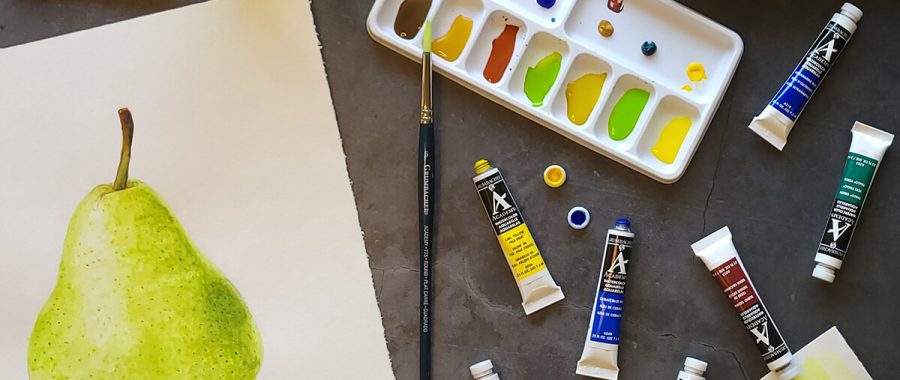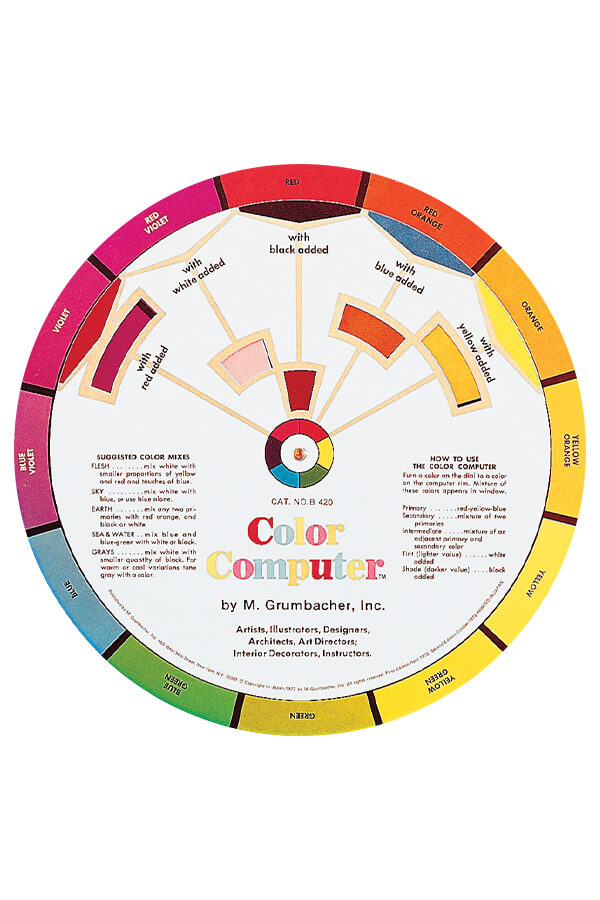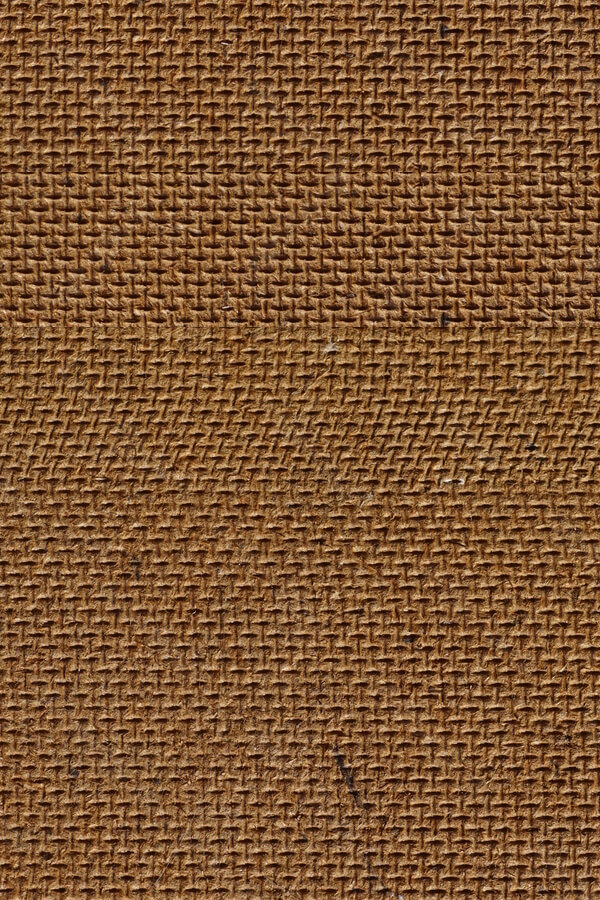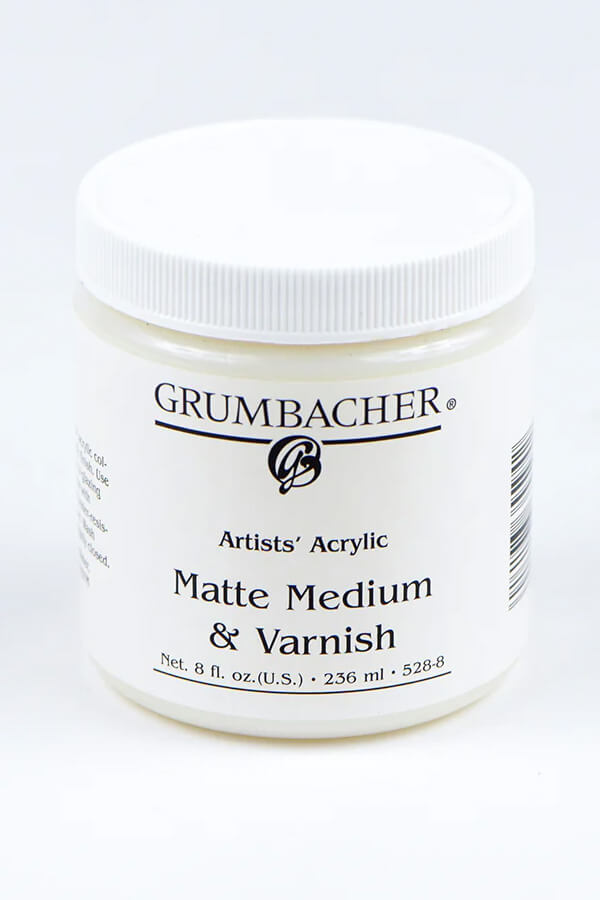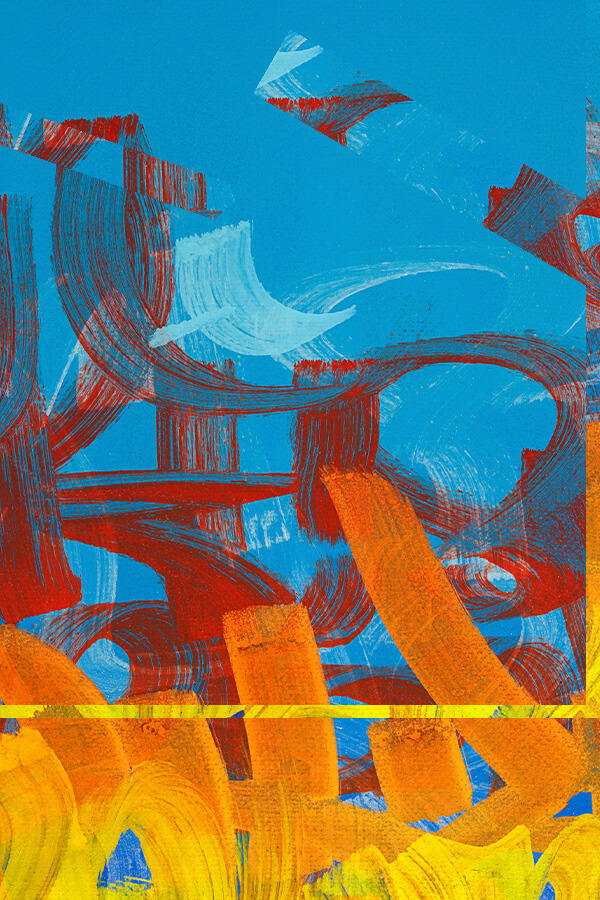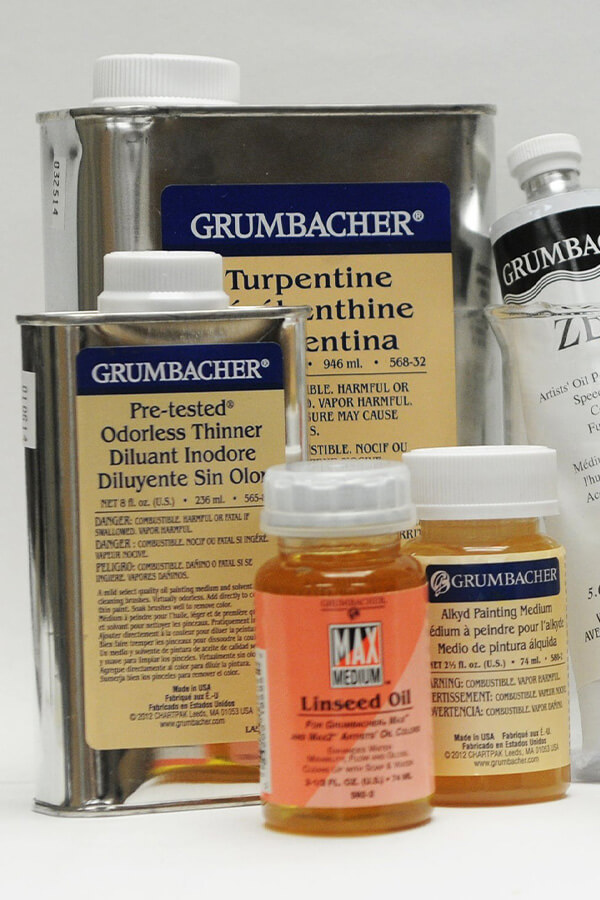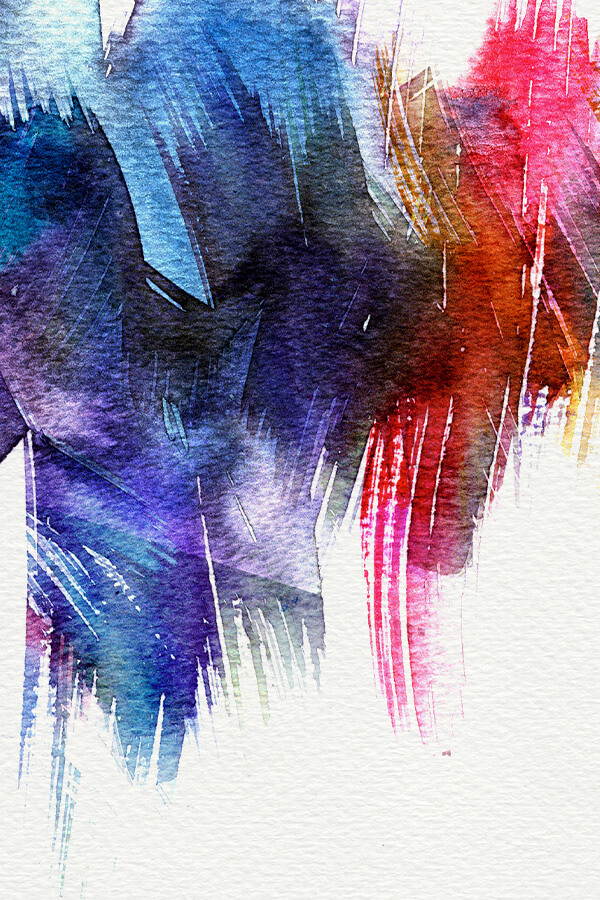
Skin Tone Mixing Guide
This mixing guide uses a limited palette of 6 Pre-tested Professional Oils to create a range of 66 skin tones and glazes for portrait and figure painting. Each swatch has a list of colors and the proportions needed to achieve the tone shown. This downloadable PDF offers basic guidance on determining tonal ranges for base skin tones, highlights, shadows, contouring and more. The following colors are needed to create your own skin tone mixing chart following this guide: Alizarin Crimson Golden (P002G), Burnt Umber (P024G), French Ultramarine (P076G), Raw Sienna (P171G), Superba White (P200G), and Yellow Ochre (P244G). Download: Skin Tone Guide
